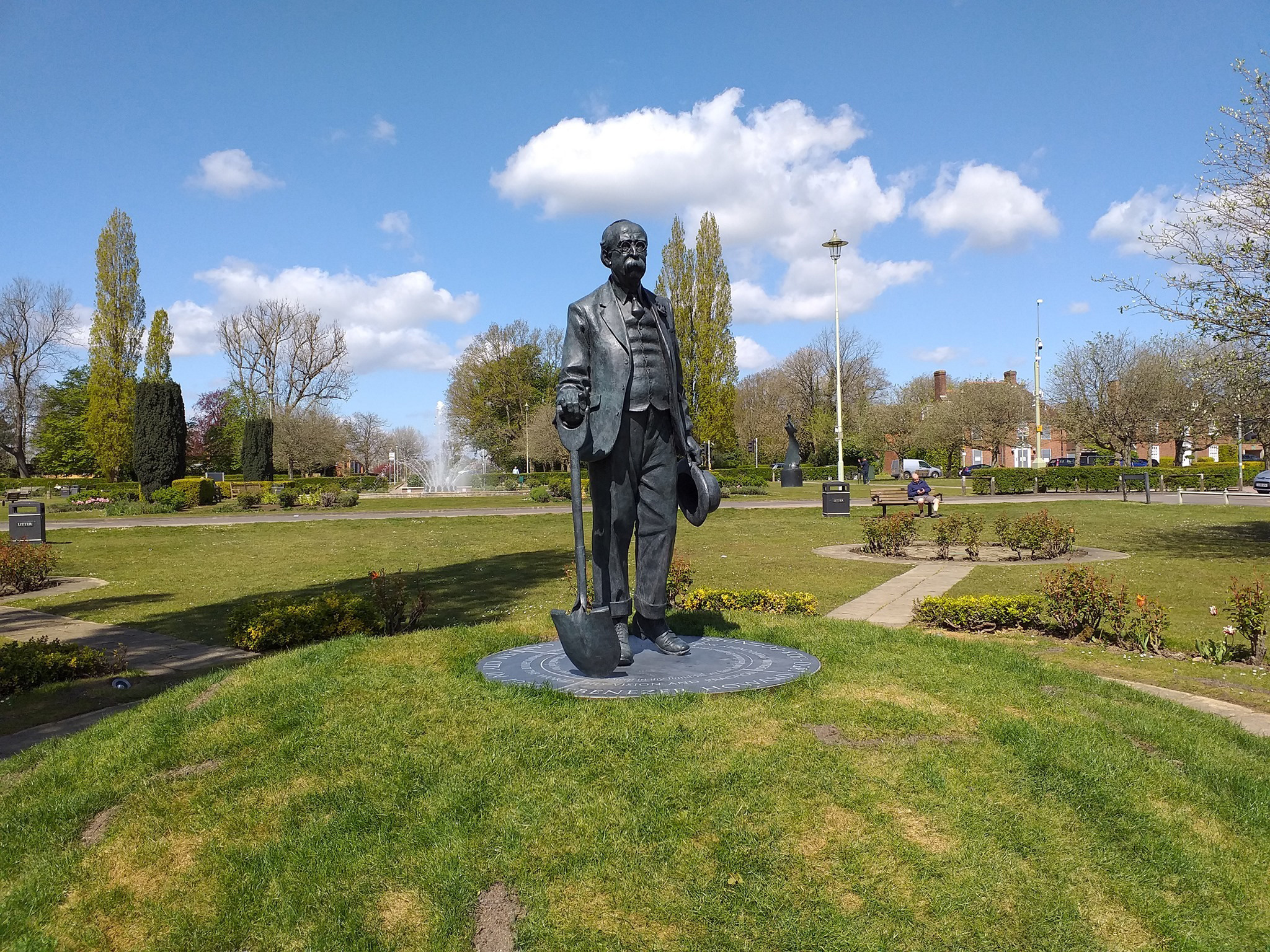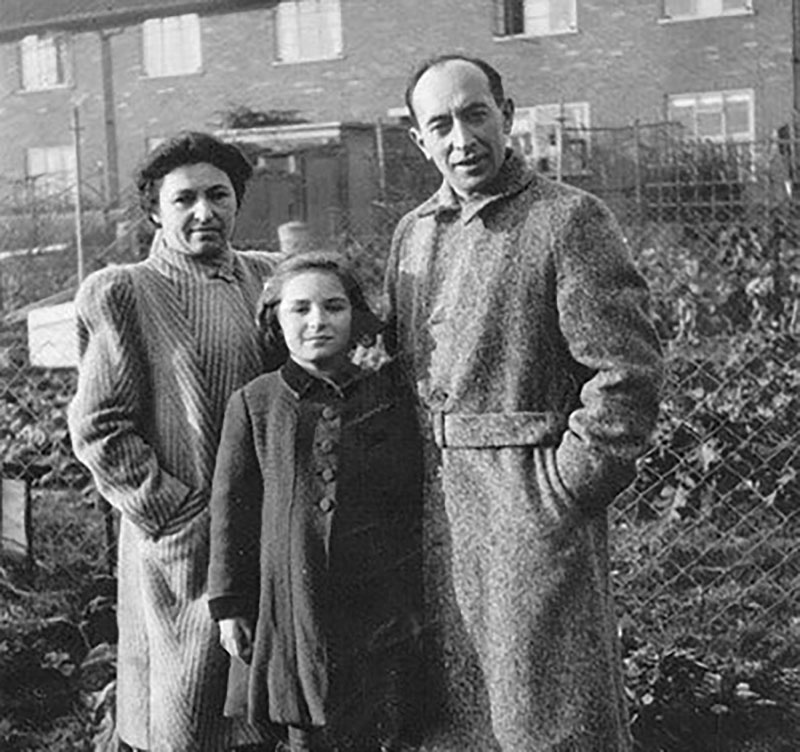Housing in the early days of Welwyn Garden City
An early challenge for the Welwyn Garden City Company, which had been incorporated to put Ebenezer Howard’s plans into reality, was housing the builders, planners, and other employees. Ex-army huts were erected in a clearing where Campus West now stands as temporary homes for the builders, but houses were needed for everyone else – and quickly.
A hamlet, Handside, consisting of eight cottages lay roughly in the centre of the nearly 2,800 acres that Ebenezer Howard had purchased. It had an all-important well and stood at the junction of Handside Lane and Brockswood Lane, then little more than narrow farm tracks, making it a natural starting point. (Any road in Welwyn Garden City bearing the name ‘Lane’ indicates an original track often leading to a farm).
Fifty houses were built rapidly along Handside Lane, which wandered downhill towards the Great North Road at Lemsford. These houses were designed by Courtney Crickmer, an architect from Letchworth who had been appointed in July 1919 to prepare a preliminary town plan. Crickmer had his own practice designing houses in Arts & Crafts style for Letchworth and Hampstead Garden Suburb.
His designs for the houses in Handside Lane seem remarkably similar to those in Letchworth, which was not what the Company wanted. They believed that the newer town should look different from its predecessor. Their requests went unheeded by Crickmer and after an argument over fees, he left. His designs were implemented though; the first brick was laid on April 26, 1920, and the houses were completed by the winter of that year. They are the 50 white rendered houses from the corner of what is now Russellcroft Road going south. Two were bombed in the war (numbers 61 and 63) and are replacements.
Early residents had to be tough as the new houses did not get a proper road surface for quite a while; when it rained, the Lane became a quagmire. One contemporary tale describes discovering a bowler hat floating in the Lane; on lifting it up, its wearer was found submerged in the mud!
In a 1924 Punch cartoon humorously depicted the unique travel experiences of Welwyn Garden City residents. The illustration showed travellers walking to the station in their wellington boots, boarding a train then cheerfully tossing their muddy wellington boots out of the windows as the train sped along. Station staff collected the boot, lined them up for the returning travellers to collect. This whimsical scene captured the practical challenges faced by the early residents of Welwyn Garden City, where mud was a common companion due to the ongoing construction and lack of paved roads.
This cartoon remains a charming historical artifact, reflecting the spirit of the times and the communal effort that went into creating one of the world’s first garden cities. It illustrates the blend of humour and determination that characterised the early days of Welwyn Garden City, where even the inconvenience of “mud, glorious mud” was met with a sense of humour and resolve.
Handside Lane represents a significant chapter in the early development of Welwyn Garden City. Despite the initial hurdles and the rough conditions, the houses stood as a testament to the pioneering spirit and resilience of the early residents. The rapid construction, overseen by the WGC Company, highlighted the urgent need for accommodation to support the burgeoning community and workforce tasked with bringing Howard’s vision to life.
These early developments laid the groundwork for what would become a globally recognized model of urban planning. The blend of practical needs and architectural design helped set the tone for the town’s future growth, influencing subsequent housing projects and community planning efforts. Courtney Crickmer’s contributions, despite initial disagreements, played a crucial role in shaping the character of the early housing stock in Welwyn Garden City.
Today, Handside Lane and its historic houses are an integral part of the town’s heritage. The Trust’s Digital Heritage Trails, including the Town Centre Trail, offer residents and visitors a chance to explore these early developments. Through these trails, one can appreciate the historical significance and architectural legacy that define Welwyn Garden City.
Look for the blue plaque at number 43, the first house occupied, and embark on a journey through the town’s rich past. We celebrate the visionaries, designers, and makers who transformed Howard’s dream into reality, creating a vibrant community that continues to thrive today.

